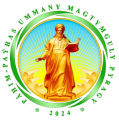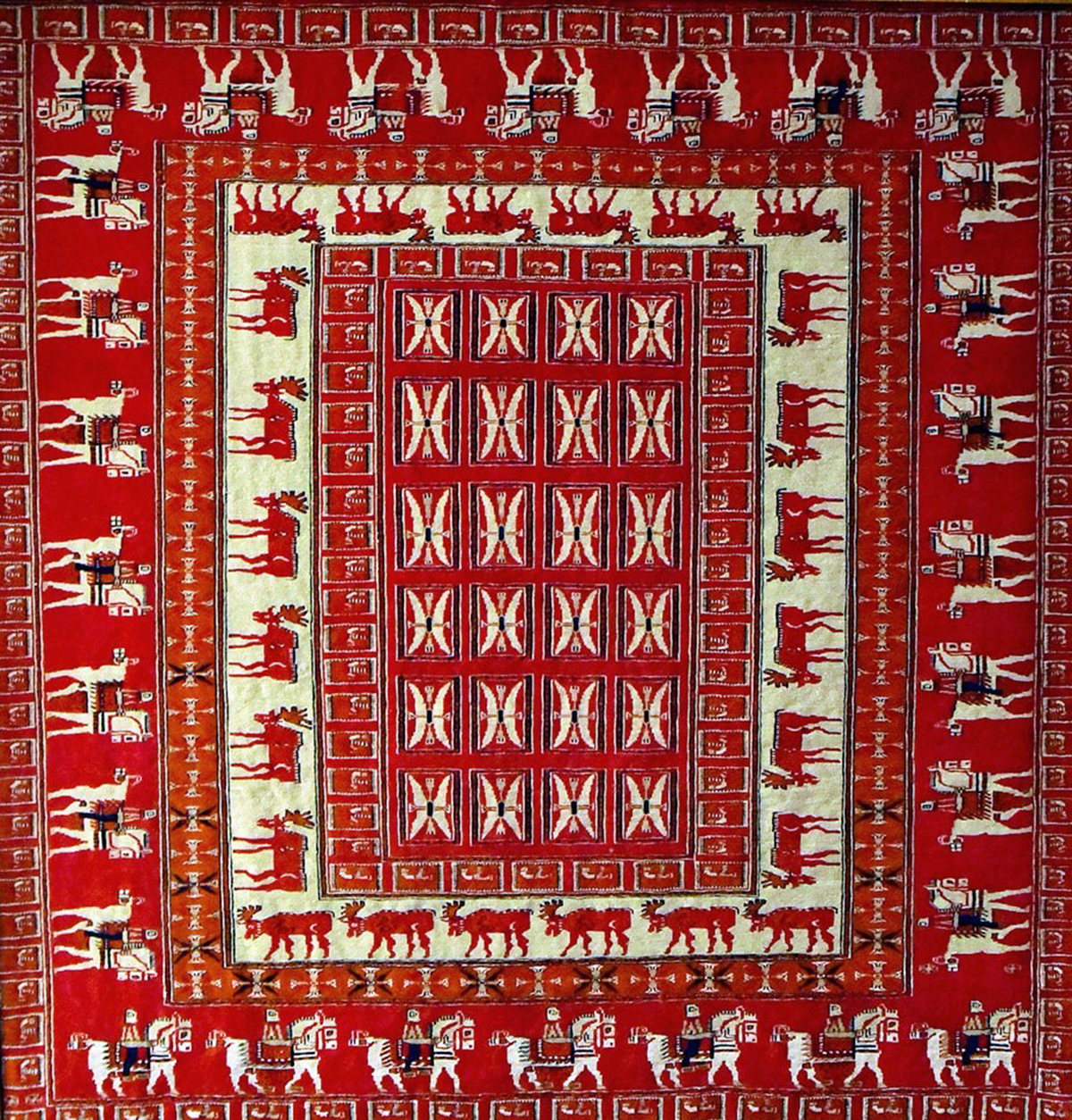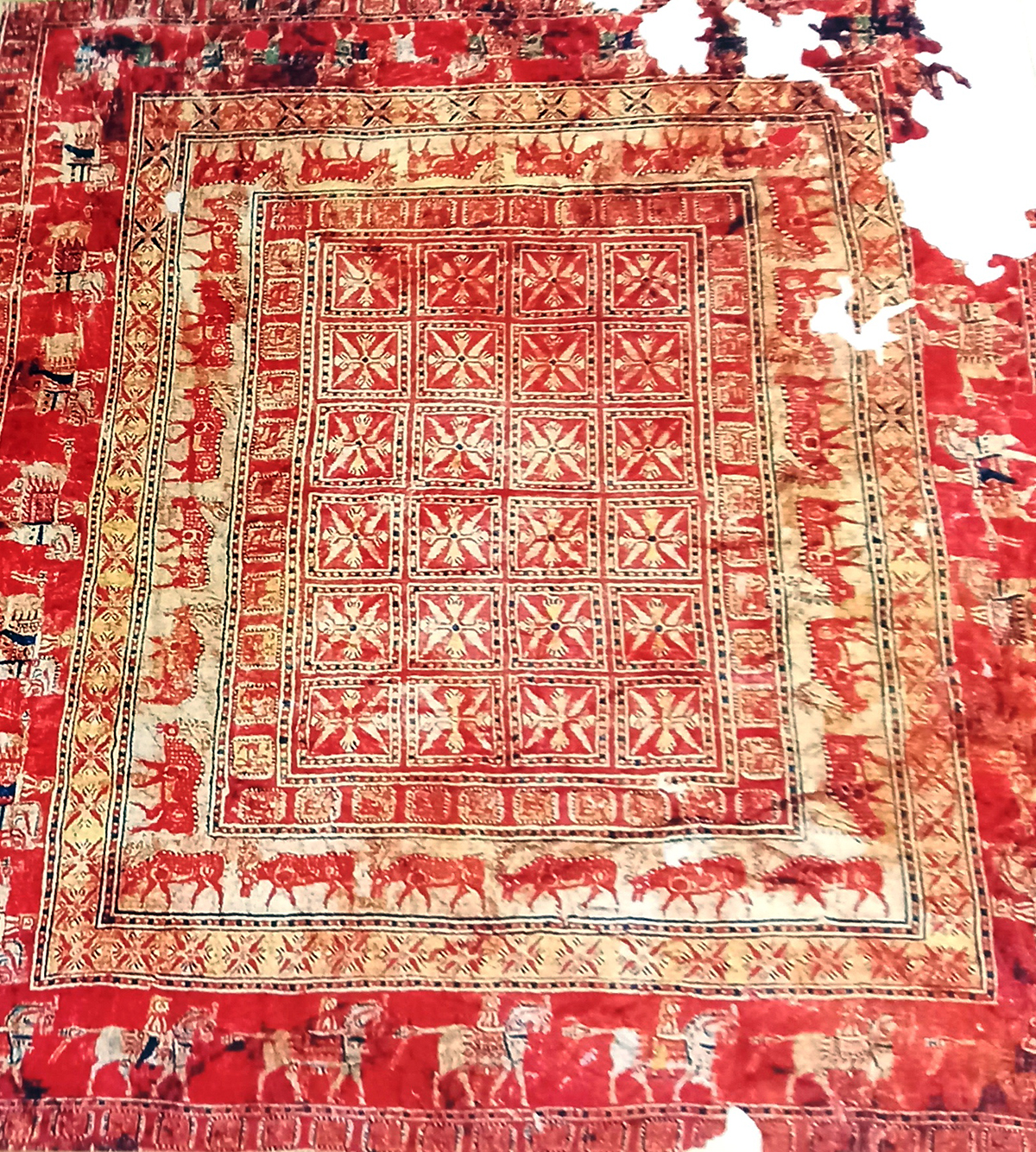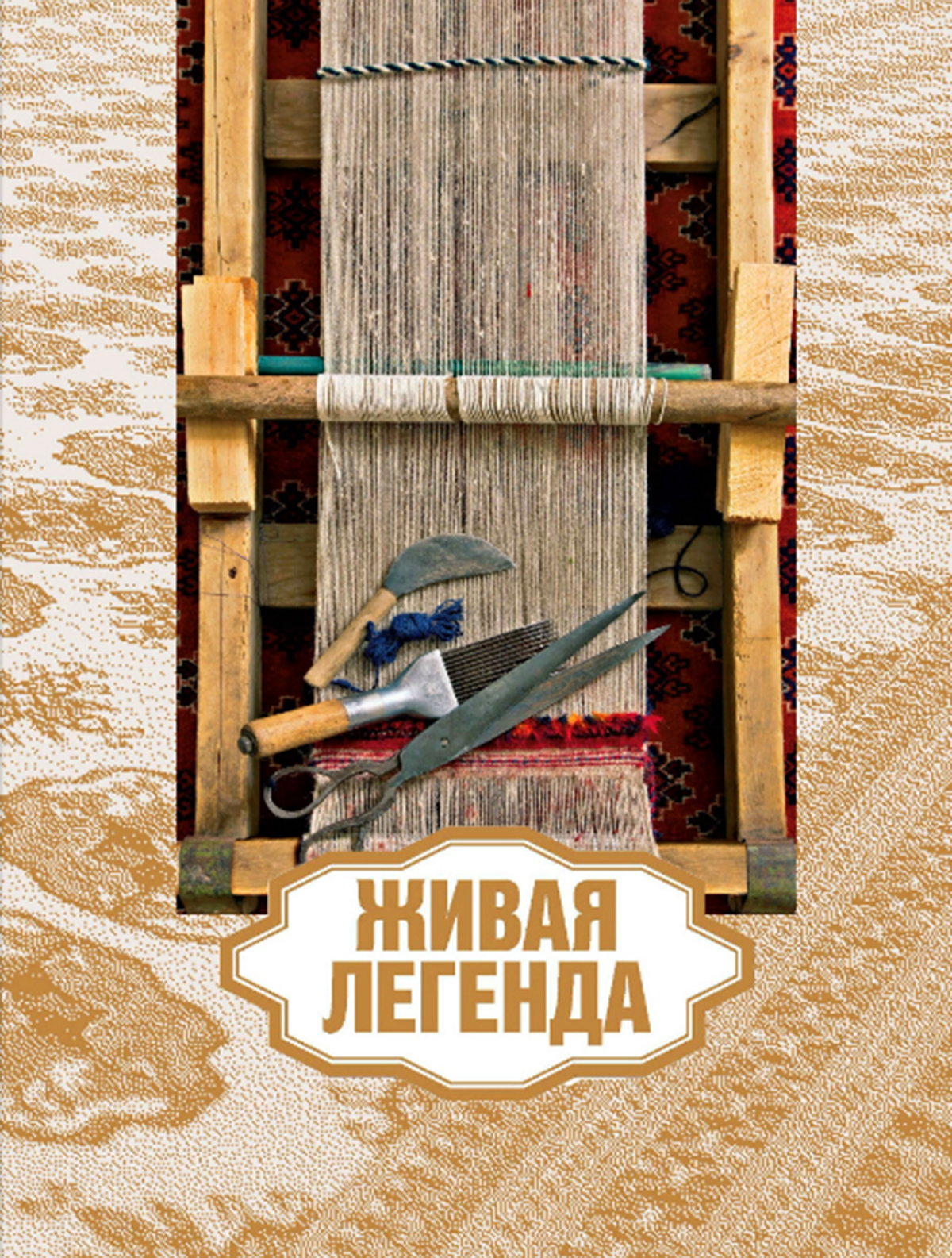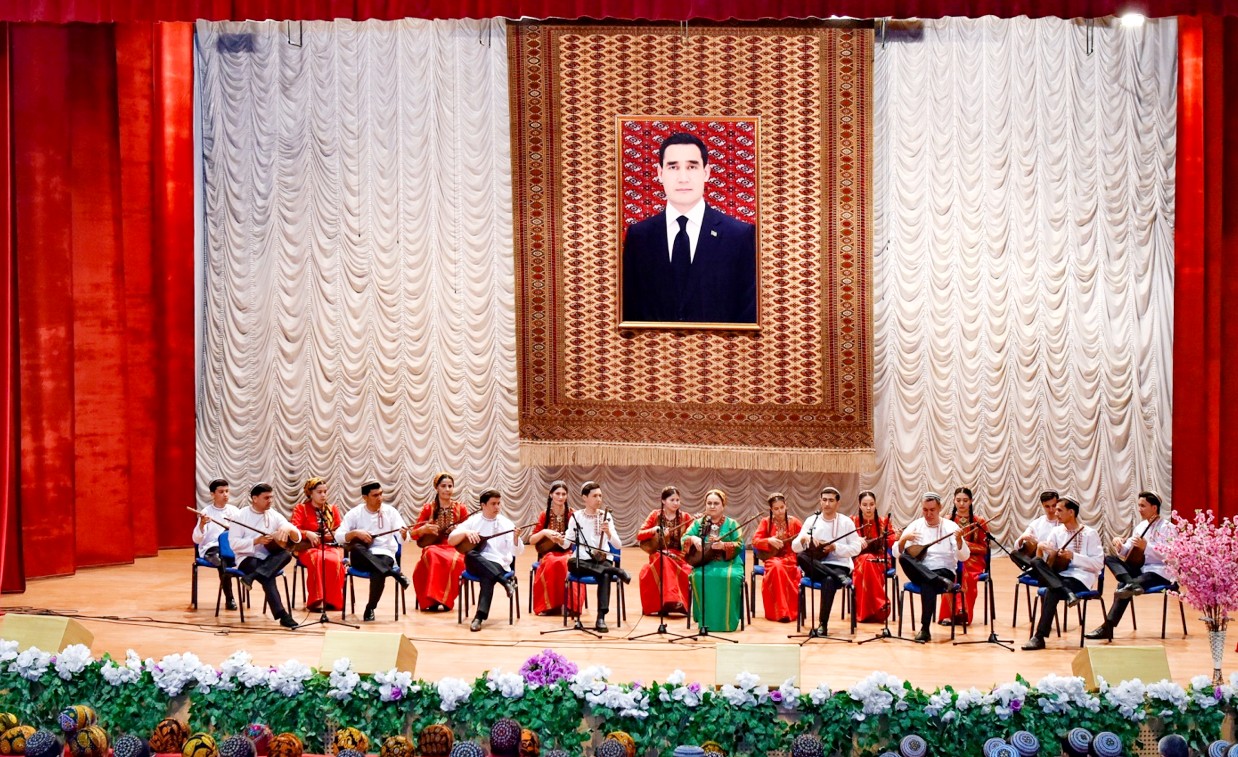Turkmen carpets, which have gained fame all over the world, have been and remain one of the wonders of the world. According to them, can study not only the history of the people, but also geography. After all, the products of Turkmen craftswomen have long since spread around the globe thanks to collectors, scientists, travelers and connoisseurs of man-made magnificence.
In 1949, on the top of Pazyryk in the Altay Mountains, the oldest pile carpet was discovered, preserved thanks to the permafrost of the Pazyr barrows. Its appearance dates back approximately to the 5th-4th centuries. BC. The Pazyryk carpet is considered the ancestor of the famous Turkmen carpets. It is made in the characteristic Turkmen technique of carpet weaving.
On the carpet, 24 gols (göl) are depicted in a symmetrical arrangement, which symbolized the genealogical tree of Oguzhan, which has 24 branches according to the number of his grandchildren. Currently, this carpet is kept in the Hermitage in St. Petersburg. And in the capital of Turkmenistan there is a modern copy of the ancient Pazyryk carpet, woven at the Ashgabat artistic carpet weaving enterprise. This carpet almost completely repeats the pattern of its famous “ancestor”.
The first written mention of Turkmen carpets was left by the Italian traveler Marco Polo, who made a trip along the Great Silk Road. An excerpt from his notes reads: “The thinnest and most beautiful carpets in the world are woven here, as well as rich fabrics of red and other colors”.
Much later, art critic and collector A. Fölkersam noted: “As for Turkmen carpet products, they are undoubtedly more beautiful than all other nomadic carpets. Only those who admired the luxurious color of ancient Turkmen carpets with their own eyes, who, enchanted by the charm of these amazing products, experienced the mood evoked by their harmony, subtlety and silky sheen, could form an idea of the beauty of these, usually small in size, products developed by centuries-old skill”.
Over the centuries-old history of the Turkmen people, national carpets have been presented on different continents - from Asia and Europe to North America and Africa.
At the court of Catherine II in the aristocratic circles of Russia, oriental rooms were arranged, decorated with the best Turkmen carpets.
Researcher D. Lessing, looking at paintings by Venetian, German and Flemish artists, concluded that many of them contain ornaments of Turkmen carpets. Especially famous is the painting by Hans Holbein “George Giese” (1532), which depicts the Teke “gol” (göl), now known in art as the “holbein” pattern.
Magnificent examples of Turkmen-Ottoman art of the XIV-XV centuries carpets found in Forstat (Egypt) are considered. Their patterns reveal similarities with the Chovdur “gyol”(göl). You can see these historical masterpieces in the National Museum of Stockholm, as well as in the museums of Cairo and Athens.
Also, the patterns of Turkmen carpets are found on Persian miniatures of the Timurid era. They were considered the best in Persia itself, which was famous for its carpets.
In modern history, the traditional Turkmen art of carpet weaving has been included in the UNESCO Representative List of the Intangible Cultural Heritage of Humanity.
The priceless book of the Hero-Arkadag Gurbanguly Berdimuhamedov “Living Legend” is dedicated to the centuries-old art of national carpet weaving. The edition translated into several foreign languages tells in detail about the traditions and history of Turkmen carpets, which are the most important heritage of the culture of our people.
